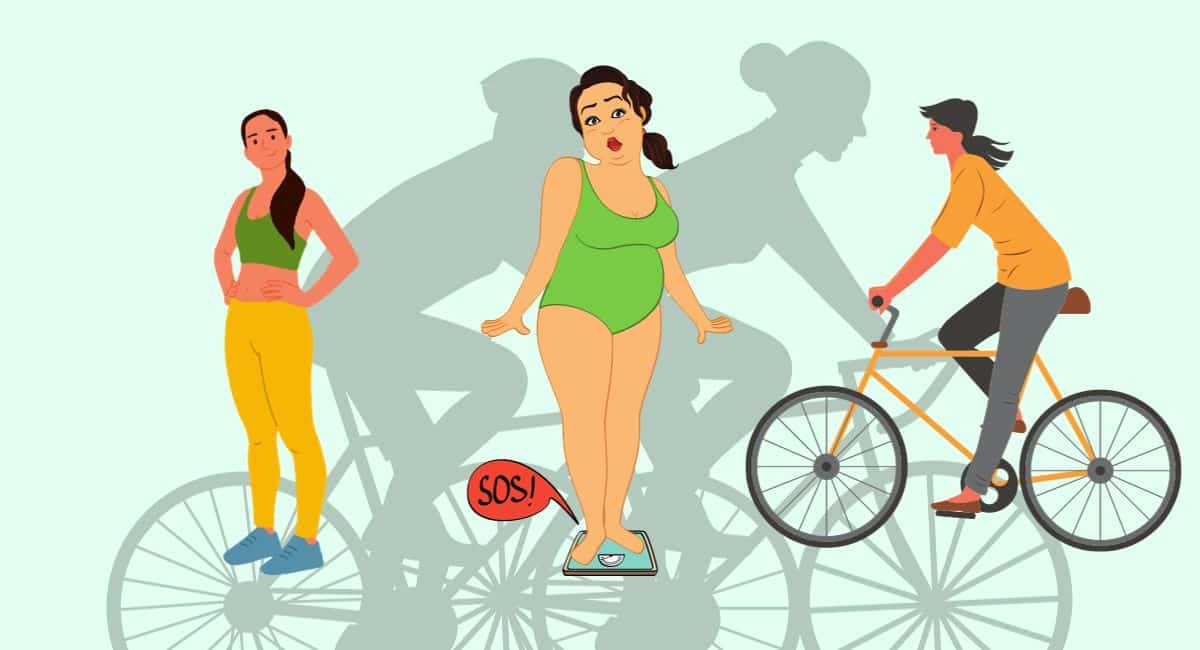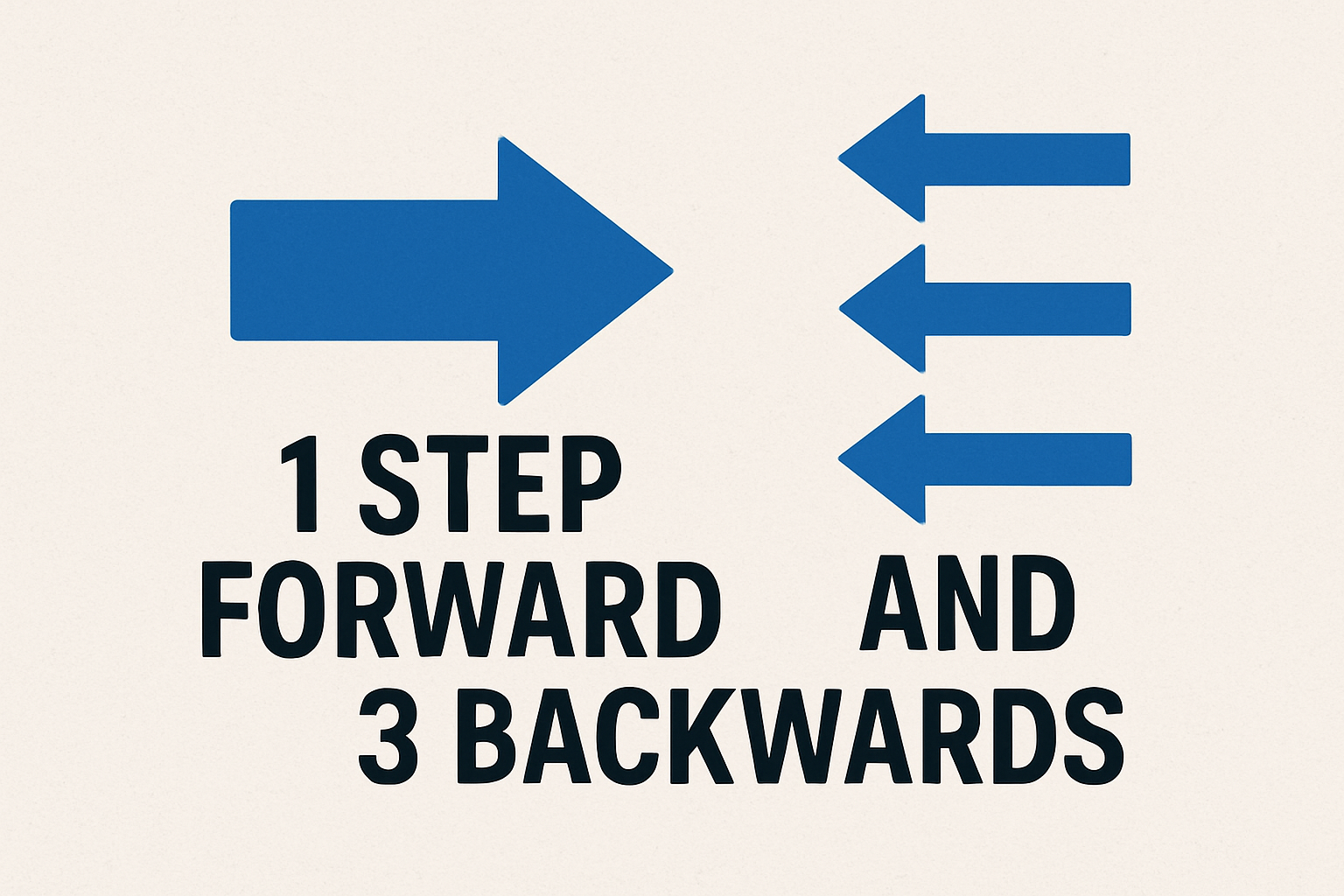Many of us are health-conscious and keep track of what we can do to improve our health. If you are a beginner and you are cycling, you must know the number of calories you burn while cycling for one hour. Cycling every day is an excellent way to burn calories on a daily basis. Cycling is one of the best exercises for keeping your heart healthy, relieving stress, and monitoring your well-being by burning calories.
There are different modes of burning calories by bicycling. Many people in the city do basic bicycling, which is known as leisurely cycling, and they ride at a consistent speed. It does calculate as per speed and time, as simple as that.
Furthermore, the next level of cycling is moderate cycling; in this category, there is a slight difference in terms of speed and time. Moderate cyclists may vary their speed. However, an average speed of 12–14 mph
Vigorous cycling is a high-intensity form of cycling that involves riding at a fast pace or with a significant amount of effort. This type of cycling offers a more intense cardiovascular and muscular workout compared to leisurely or moderate cycling.
Characteristics of vigorous cycling: The best form of burning calories
1. Speed: Vigorous cycling typically involves riding at a speed of 16–20 miles per hour (25.7–32.2 kilometers per hour) or faster. This speed requires greater physical exertion and cardiovascular effort.
2. High Heart Rate: Your heart rate is elevated significantly during vigorous cycling, often reaching a level that is 70–85% of your maximum heart rate. This level of intensity helps improve cardiovascular fitness.
3. Sustained Effort: Vigorous cycling often requires sustained effort for an extended period. This can be a demanding workout that pushes your endurance and stamina.
4. Muscular Engagement: Your leg muscles, including quadriceps, hamstrings, and calves, are heavily engaged during vigorous cycling. This type of cycling can help build leg strength and endurance.
5. Calorie Burn: Vigorous cycling burns a higher number of calories per unit of time compared to lower-intensity cycling. It is an effective way to manage weight and improve overall fitness.
6. Challenging Terrain: Vigorous cycling can involve challenging terrain, such as steep hills or rough trails, which adds to the intensity and requires greater physical effort.
Remember that the intensity of cycling can vary from person to person based on individual fitness levels. What is considered "vigorous" for one person may be different for another. It's essential to listen to your body, stay hydrated, and be aware of your limits when engaging in vigorous cycling to avoid overexertion and ensure safety.
The number of calories you burn while cycling for 1 hour depends on several factors, including your weight, the intensity of your cycling, and your overall fitness level. On average, a person who weighs around 155 pounds (70.3 kg) can expect to burn the following approximate number of calories while cycling at various intensities for 1 hour.
The number of calories you burn while cycling for 1 hour

- 1. Cycling at a leisurely pace (10–12 mph): 292–355 calories.
- 2. Cycling at a moderate pace (12–14 mph) burns approximately 413-502 calories.
- 3. High-intensity cycling (16–20 mph): 590–722 calories.
- 4. Mountain biking burns 472–576 calories.
- 5. Stationary/spin bike: As with outdoor cycling, calories burned are proportional to intensity.
Summary:
Please note that these are rough estimates, and the actual number of calories burned can vary from cyclist to cyclist depending on their health condition and practice. To get a more accurate estimate, you can use a heart rate monitor or a fitness tracker that accounts for your specific weight and heart rate. Additionally, factors like terrain, wind resistance, and your bike's weight can also influence the calorie burn during a cycling session.



















